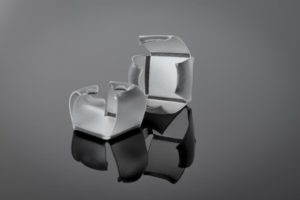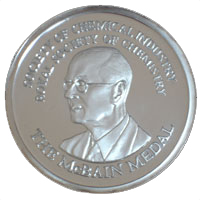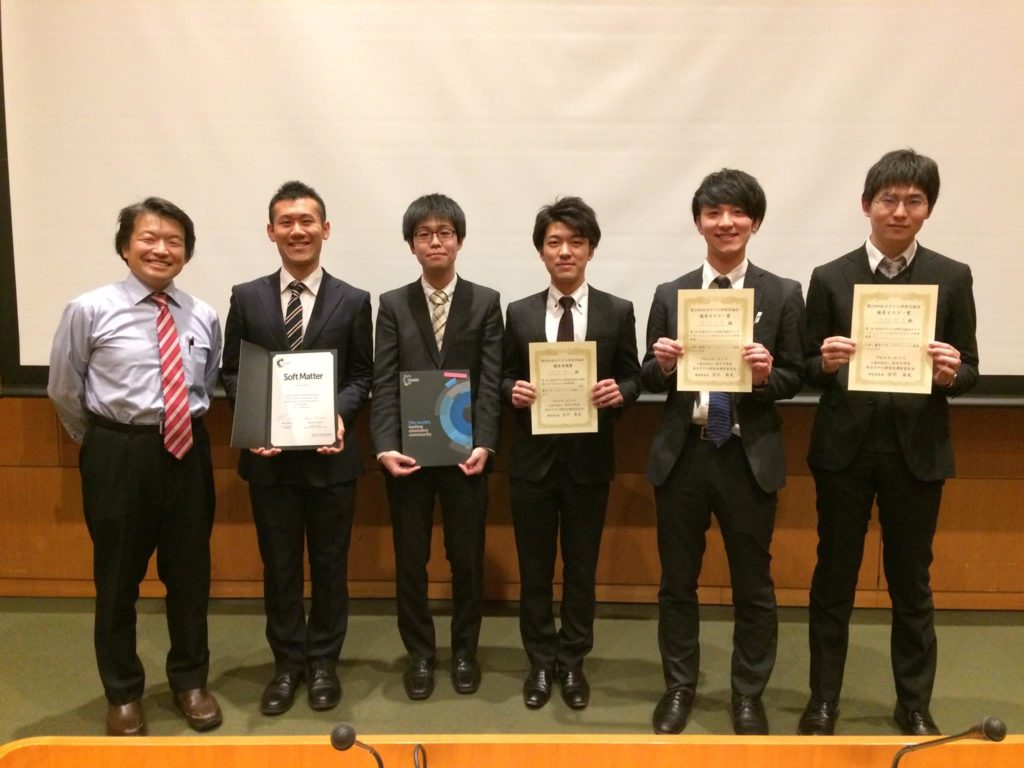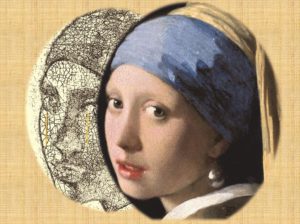10-12 May, 2017, University of Luxembourg
Soft Matter is pleased to support Twisted, a two-day conference on the physics, chemistry and applications of cholesteric lyotropic liquid crystals developing in colloidal suspensions of chiral nanorods.
The motivation for the conference is the rapidly growing interest in liquid crystals formed by nanocrystals of cellulose or chitin, filamentous viruses, carbon nanotubes and similar rod-like nanoparticles in suspensions in water or other isotropic solvents, and topics will be covered in four sessions:
- Advanced materials derived from chiral nanorods (keynote speaker: Mark MacLachlan)
- Theory and simulations of cholesteric phases (keynote speaker: Mark Wilson)
- Chiral nanorod suspensions: from particle tuning to self-assembly (keynote speaker: Derek Gray)
- The route to applications (keynote speaker: Silvia Vignolini)
Confirmed invited speakers include:
- Session 1: Lena Godinho, Olli Ikkala
- Session 2: Claudio Zannoni, Paul van der Schoot
- Session 3: Rik Wensink, Zvonimir Dogic
- Session 4: Lennart Bergström, Youssef Habibi
There are also 12 slots for contributed talks and two poster sessions. See the program for full details.


















